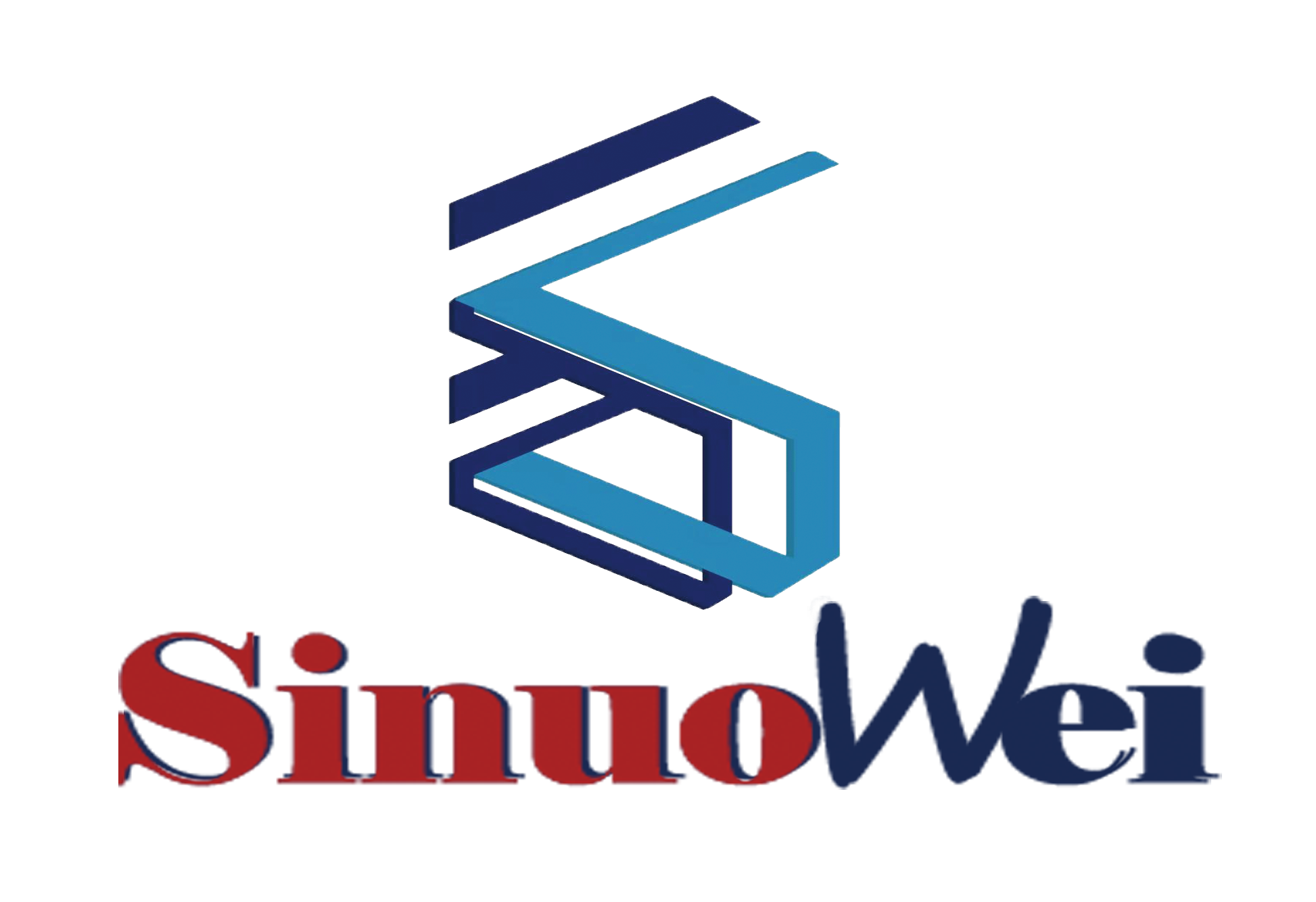In 2020, China's iron and steel output ranked first in the world, with a year-on-year increase of 6.5%, and the market share increased from 53.3% in 2019 to 57.1% in 2020. This figure is far higher than that of India (the output in 2020 was 103 million tons, a year-on-year decrease of 10.6%, accounting for 5.46% of the total global iron and steel output) and Japan (the output was 83.2 million tons, a year-on-year decrease of 16.2%), Accounting for 4.92% of global steel production).
The days when Chinese people could only rely on "less steel" and "more gas" are long gone.
However, new tests come one after another.
In 2020, domestic iron ore imports reached 1.17 billion tons, accounting for 52.7% of the total global iron ore output of 2.221 billion tons. After the outbreak, the price of iron ore soared all the way, from about US $90 / ton in the first quarter of 2020 to about US $200 / ton, an increase of more than 120%.
The crux is that China's iron and steel industry is still "big but not strong", and the global iron and steel production capacity accounting for 57% is not really United.
In 2020, the industry concentration (CR10) of China's top 10 iron and steel enterprises was only 39.2%, which was far lower than that of other major steel producing countries such as Japan, the United States, South Korea, Russia and India. This brings three main pain points:
1. Overcapacity and imbalance between supply and demand: the national investment in production line projects in the iron and steel industry from 2013 to 2018 led to the centralized release of iron and steel capacity, resulting in overcapacity in the industry; At the same time, the lack of standard supply and demand information configuration in the iron and steel industry makes the iron and steel manufacturers unable to quickly identify the market demand, resulting in the imbalance between supply and demand.
2. The production process is complex and the response to capacity adjustment is slow: the production of iron and steel products includes three links: ironmaking, steelmaking and steel rolling. Each link involves multiple production systems, industrial control systems and supply chain levels. It has the characteristics of complex process and huge system, and there is a waste of resources and limited capacity.
3. Lack of data standards makes it difficult to make overall development: Iron and steel plants have a wide range of equipment types and application scenarios, various industrial environments and equipment have different data backgrounds, and a large number of data formats such as equipment management, market operation and product production produced in the production process are quite different, resulting in difficult data compatibility among iron and steel enterprises, thus affecting the information linkage of products, Restrict the development of the industry.
In the face of the "four mines" in Australia and Brazil with highly efficient capital planning and strong resource control, China's iron and steel industry, which cannot be combined efficiently, can only "roll in".
The state suits the remedy to the case. The guiding opinions on promoting the high-quality development of iron and steel industry to be issued by the Ministry of industry and information technology puts forward the following objectives:
1. During the "14th five year plan" period (by 2025), the concentration of iron and steel industry Cr5 / CR10 should reach 40% / 60% respectively;
2. Cultivate 1-2 world-class professional leading enterprises in subdivided fields such as stainless steel, special steel, seamless steel pipe and cast pipe.
Clear objectives, how to implement?
How to truly unite 57% of the world's steel production capacity? How to realize the transformation and upgrading of the iron and steel industry and become "big and strong" with the help of 5g and other new infrastructure and the tide of digitization and intelligence? What are our comparative advantages and difficulties? With these questions, the observer network recently visited Baoshan base of Baowu group to have in-depth exchanges with technical experts in the iron and steel and communication industries.
Administration + capital to accelerate industry integration
Statistics show that the integration of the iron and steel industry has started since the supply side structural reform in 2015, from the two directions of state-owned enterprises and private enterprises.
The direction of state-owned enterprises is mainly the integration of Baowu group. Today's Baowu group has an annual output of 150 million tons, accounting for 8% of the global crude steel output (based on the output of 1.864 billion tons in 2020), and this steel giant has been combined in the past five years.
We can do it, and we are doing it, but how can we coordinate the internal integration and how to complete the integration and raise the uneven business capacity before the integration to the same level? This depends on Intelligent Manufacturing ".


